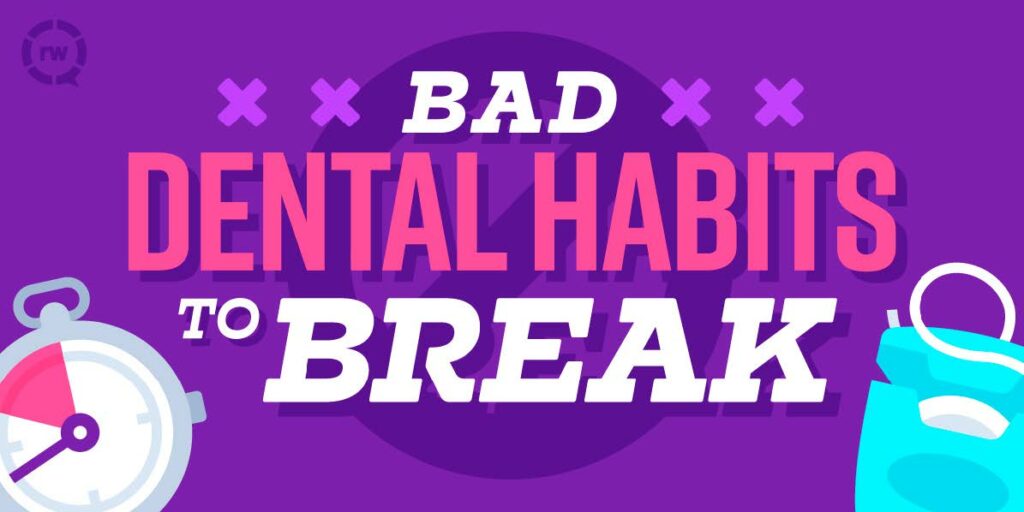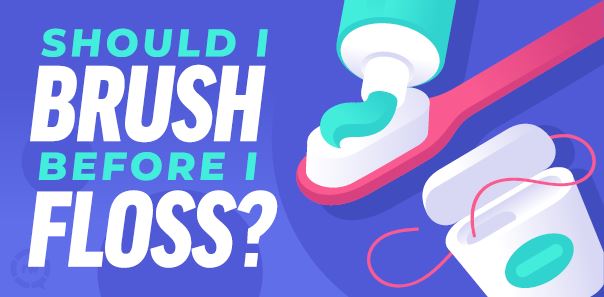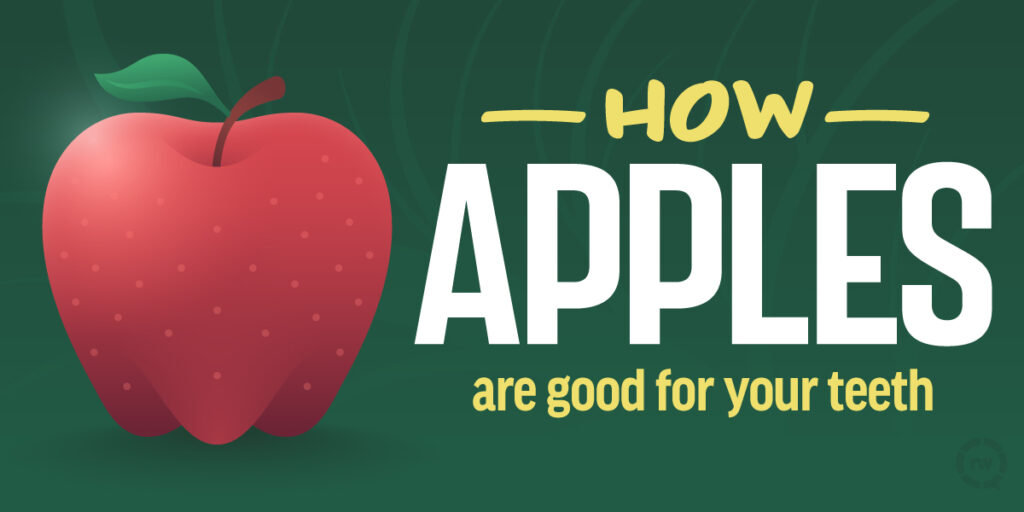Breaking Bad: Dental Habits To Break as a Child
May 2nd, 2019
[caption id="attachment_703" align="alignleft" width="640"] Bad Dental Habits To Break[/caption]
Bad Dental Habits To Break[/caption]
Nobody’s perfect. We all pick up bad habits along the way. Even our oral health isn’t immune. Try as you may, odds are you're child may have picked up a habit or two in the name of convenience.
That’s totally okay! We get it. And that’s why we’re here: to ensure your child's oral health is in fantastic shape.
Here are a few less-than-stellar dental habits that we often see, with some tips on how to break them.
Thumbsucking
If your child is putting his or her thumb or any finger in his or her mouth this can led to several problems. First, there in increased bacterial transfer from the fingers to the oral cavity, which can lead to illness. Second, thumbsucking may shift your child's teeth and also reshape the palate. This can lead to misalignment of teeth and even airway issues.
Need more advice? Check out our page for more info about thumbsucking.
Inconsistent Dental Checkups
If your child hasn't seen the dentist every six months, or if it’s been a while since we’ve seen your smile, schedule an appointment today!
You can call us at 858-737-9000 or go through our scheduling portal to make an appointment. Staying on top of your child's health today can save yourself a lot of time and money down the road.
Not Flossing
Again, you probably figured this would be on here. And you know what, it’s for good reason. Flossing helps prevent decay and gum recession. It’s extremely important! This maybe even more important than brushing.
So how can you help your child remember to floss more? Put a post-it note on your child's mirror as a reminder. Invest in a flossing stick — some people find it much easier than the traditional method. Make it stick: Floss at the same time each day to build up a routine.
You can also start small, setting a goal of once per week. After that settles in you may find yourself craving a good floss after brushing. This will help your child gain the skill as it becomes part of his or her nighttime routine. Parents, check out our flossing techniques if you need a refresher.
Brushing Too Vigorously
One of the top causes of worn enamel is brushing too hard. If your child complains that his or her arm is sore after brushing, pull back on the reins. Along with the enamel, over time this friction will also wear away your child's gum tissue.
Remember to keep the toothbrush at a 45-degree angle toward the base of the gums, and move the brush in a gentle, circular motion.
Not Brushing Long Enough
If your child is taking less than 2 minutes to brush his or her teeth then he or she is not getting their teeth brushes adequately. Sometimes it may see like a race to see who finishes brushing the fastest. One way to help them brush for the full 2 minutes is to use a timer. You can use an old fashion sand timer or put a 2 minute alarm on a stop watch or smartphone. You can even search for 2 minute songs on Youtube for them to listen while brushing.
Using an Old Toothbrush
When was the last time you changed your child's toothbrush? It’s not something you often think of, right? The problem with using an old toothbrush its frayed bristles can end up damaging your child's teeth rather than cleaning them properly.
You should change your child's toothbrush every three to four months. A good mnemonic device is to change your toothbrush on the first day of every new season. That way you’ll never have an old brush!
Letting the Water Run
This one is self-explanatory, and it’s an easy fix. After you wet your tooth brush turn off the tap. That initial wetting is all the water you’ll need. Turning off the water is good for your bill and great for the planet.
All Smiles Pediatric Dentistry
At All Smiles Pediatric Dentistry, we incorporate proven techniques to share with you and your child at each dental checkup visit. Dr. Allen Job and his team are committed to providing the latest in oral health care prevention. For more information about improving your child's oral health check out our preventive dentistry page. Still want more information? Check out our monthly blog posts! Our practice is centrally located in San Diego, CA.
Get acquainted with us by watching our practice video and find out what we do.
Scheduling an appointment for your child is easy! Start here to schedule an appointment. All of our forms are online. Fill them out securely from your smartphone or tablet and hit send. On appointment day, your child will be seen at their scheduled time. For example, if you have a 9:00 AM appointment, your child will be seen at 9:00 AM.
 Dr. Allen Job, DDS, MS, MPH, MS is a board certified pediatric dentist who practices in San Diego, California, where he specializes in prevention. For more than a decade, served as assistant professor for the Department of Pediatric Dentistry at Loma Linda University School of Dentistry (LLUSD). He is currently an instructor at LLUSD.
Dr. Allen Job, DDS, MS, MPH, MS is a board certified pediatric dentist who practices in San Diego, California, where he specializes in prevention. For more than a decade, served as assistant professor for the Department of Pediatric Dentistry at Loma Linda University School of Dentistry (LLUSD). He is currently an instructor at LLUSD.





